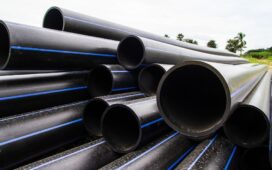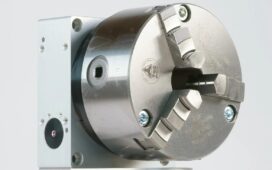In automotive engineering, the evolution of Engine Control Modules (ECMs) has revolutionized the way modern vehicles operate. These intricate systems serve as the brain of the engine, orchestrating a symphony of functions to ensure optimal performance, efficiency, and compliance with environmental standards. However, as vehicles age or encounter issues, ECM malfunctions can impede performance and reliability. This is where ECM rebuild solutions step in, offering a path to rejuvenation and enhanced performance for engine management systems.
Understanding ECM Rebuild Solutions
ECM Rebuild Solutions encompass a meticulous process of refurbishing or reprogramming the existing Engine Control Module rather than replacing it entirely. This approach not only preserves the original components but also addresses underlying issues that may affect performance. By leveraging advanced diagnostic tools and specialized knowledge, technicians can diagnose faults, repair damaged components, and recalibrate the ECM to restore its optimal functionality.
The Importance of Precision Engineering
Central to ECM rebuild solutions is the precision engineering applied during the refurbishment process. Each ECM is a complex assembly of electronic components, sensors, and software algorithms designed to interact seamlessly with the engine and other vehicle systems. During rebuilding, technicians adhere to strict quality standards to ensure every component meets or exceeds original equipment specifications. This meticulous approach safeguards against performance degradation and ensures reliability on par with factory standards.
Benefits Beyond Repair
The benefits of opting for ECM rebuild solutions extend beyond mere repair. They offer a cost-effective alternative to outright replacement, saving vehicle owners significant expenses while extending the lifespan of critical components. Moreover, rebuilt ECMs are often upgraded with the latest software updates and enhancements, enhancing performance and fuel efficiency. This proactive approach not only resolves current issues but also future-proofs the engine management system against potential challenges.
Enhancing Performance and Efficiency
One of the primary objectives of ECM rebuild solutions is to enhance the overall performance and efficiency of engine management systems. By addressing inefficiencies and optimizing performance parameters, rebuilt ECMs can unlock hidden potential in the engine. This translates into improved acceleration, smoother idling, and optimized fuel consumption, contributing to a more enjoyable driving experience while reducing environmental impact.
Environmental Considerations
In an era increasingly focused on sustainability, ECM rebuild solutions play a crucial role in reducing automotive carbon footprints. By refurbishing existing ECMs rather than manufacturing new ones, the automotive industry minimizes resource consumption and waste generation. This eco-friendly approach aligns with global initiatives to promote responsible consumption and production practices, making ECM rebuild solutions a sustainable choice for conscientious vehicle owners.
Technological Advancements and Innovation
The landscape of ECM rebuild solutions continues to evolve alongside advancements in automotive technology. Innovations in diagnostic equipment, software programming, and component manufacturing have enabled rebuilders to offer increasingly sophisticated solutions. This includes the ability to customize ECM settings to suit specific driving conditions or performance preferences, enhancing vehicle versatility without compromising reliability.
Industry Trends and Market Dynamics
The market for ECM rebuild solutions is witnessing steady growth driven by the increasing complexity of modern vehicle electronics and the rising demand for cost-effective maintenance options. According to industry reports, the global market for automotive electronics refurbishment, including ECMs, is projected to expand significantly in the coming years. This growth is fueled by a shift towards sustainable practices and the preference for maintaining existing vehicle assets rather than purchasing new ones.







